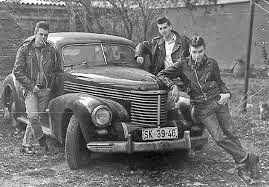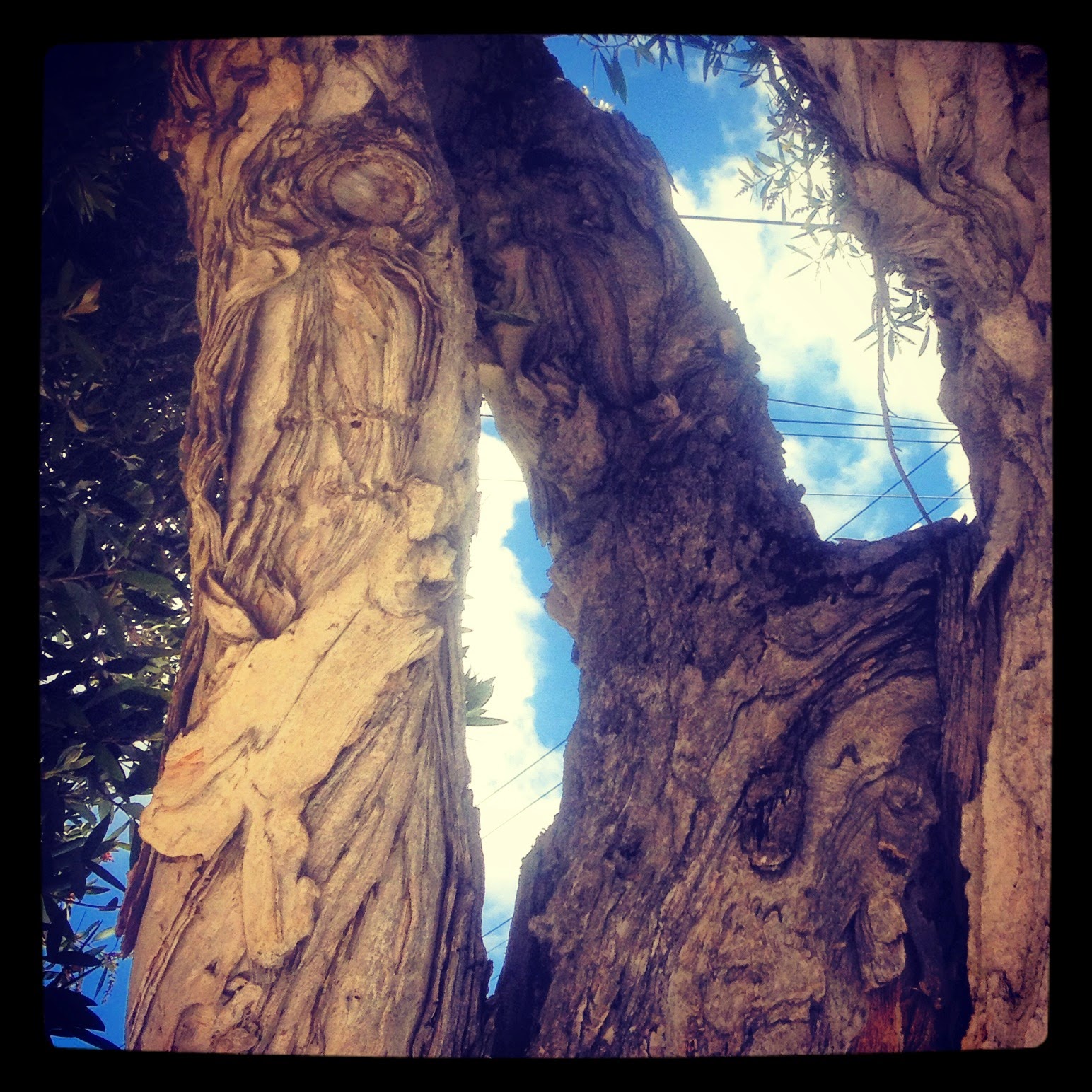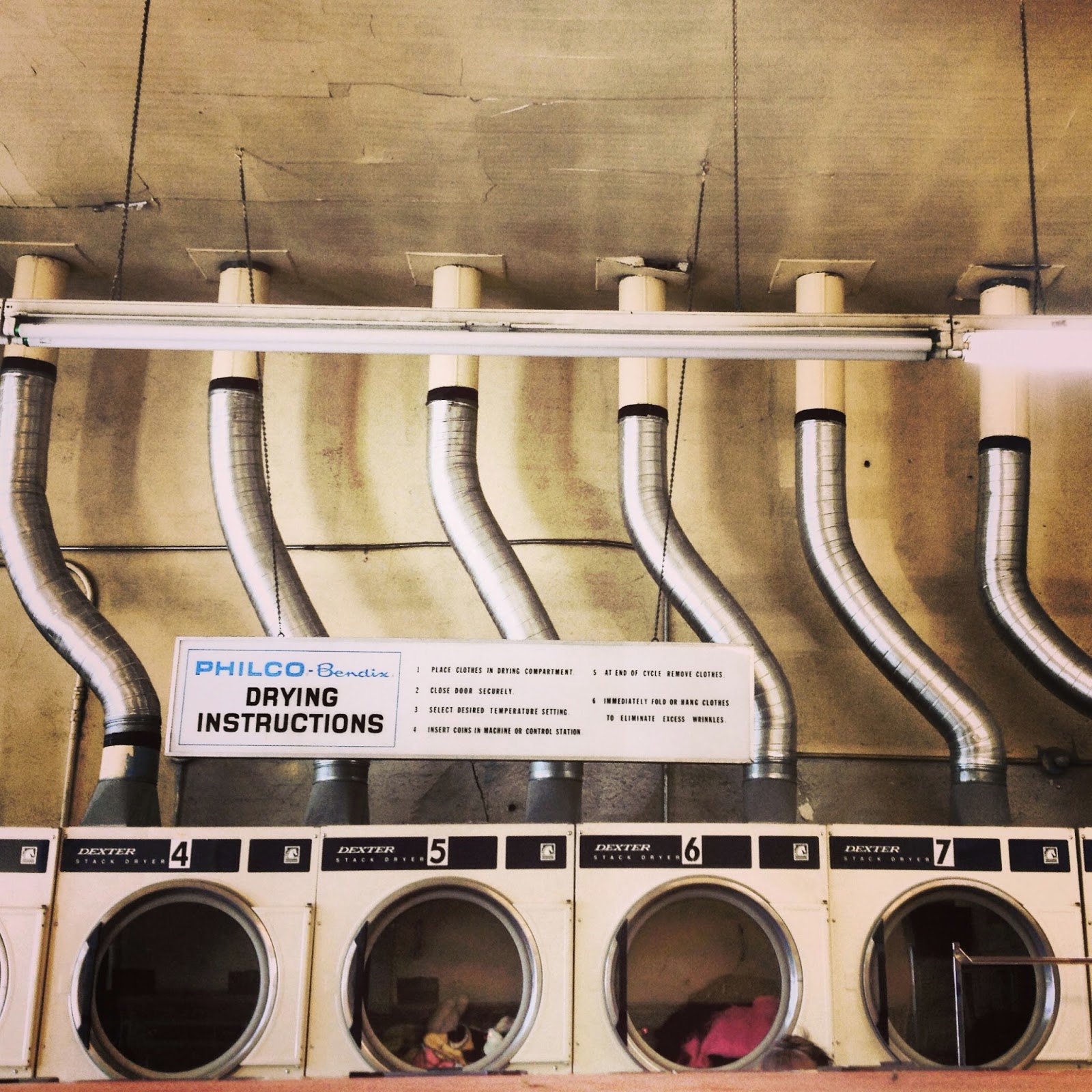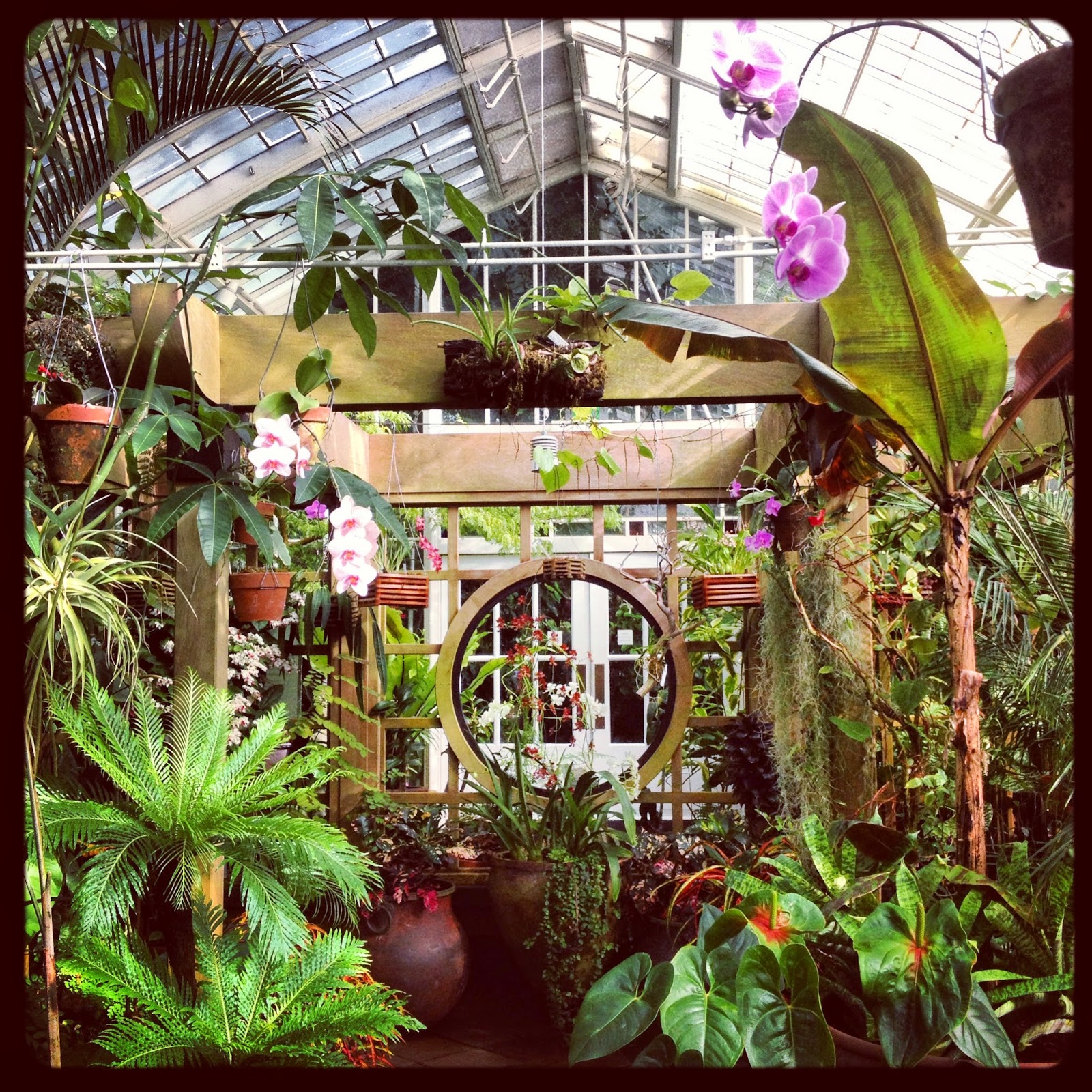I've had a rough week. My bike got stolen from inside my building, I broke up with my denim wearing dude, got in a fight with a girlfriend, almost got fired, and had to fight a pit bull off my pug. Obviously, not that bad, I don't have anything to complain about, other than feeling a touch sensitive and violated (from the robbery). Commiserating with some painting friends, we were bitching about how everyone still seems to think that the culture of San Francisco is slowly being killed. I'd like to share a few thoughts as to why I think that's an easy cop-out for the unimaginative.
Sitting with my pooch in Precita Park, the other day, I was catching up on my California Historical Society (CHS) reading for the opening of their exhibit, celebrating Yosemite's 150th birthday. Beer tucked safely beside my canvas bag, I looked around the park. There was the customary drunk guy, passed out, face down on the grass with his cowboy hat askew; the techie yelling at the old lady for not picking up her dog's poop, two costumed people selling glow toys, someone practicing the hulu hoop, and the usual park dwellers. But what struck me as the most common sight was the wall of denim.
Since then, I've noticed just how many people, at least in the Mission, sport denim as a deliberate fashion statement, myself included. Obviously, a quintessential San Francisco article of clothing, I decided to research it.
Did you know that despite Levi Strauss and Co getting most of the credit for the invention of jeans, it actually has it's origins in 1655 Nimes, France and Genoa, Italy? Apparently, there are hundreds of paintings in which this fabric is depicted, primarily in the shredded or faded style of the peasant, as it was considered a great challenge for painters. The blue that has become inextricably linked with the San Francisco jean is made from the exact same indigo as the jeans of the 17th century.
Levi Strauss, in 1853, first brought canvas to the city, using it to market pants for miners, but due to chaffing, switched to ""serge de Nimes', a French twilled cotton to soften the 'blow'. Denim was invented."
Teaming up with Jacob Davis, a Latvian tailor from Nevada, rivets were added and by 1936, the emblematic back patch was created.
Historically, jeans have been associated with cowboys, miners, the Gold Rush; an immortal icon of the Wild West.
As is the case with most fashion, styles change and are effected by current events, political issues.
"'Waist overalls' were introduced to the world by American soldiers during WWII while wearing them off duty. 'Because of this, they were sometimes banned in theaters, restaurants and schools. During the 1960s the wearing of jeans became more acceptable, and by the 1970s it had become general fashion in the United States for casual wear.'
In Love to Know Fashion History, Denim:
"From the mid-to-late 1950s and 1960s, blue denim ceased to be used mostly for work clothes. Indigo or blue denim became a hot fashion item. Men's and women's suits were made from denim, as well as evening dresses, which began to be studded with rhinestones instead of rivets. In the 1960s denim blue jeans became one of the signs of rebellion among teenagers and twenty-something young adults. The young rebels, known as hippies and flower children, embroidered their jeans and painted them with flowers, peace signs and psychedelic designs.
"In the 1980s and 1990s, denim became associated with various shades of blue as much as with its twill weave. Sheets, pillowcases, upholstery, bathing suits, dresses, leather and cloth shoes, underwear, paper, and even pencils were called 'denim'. Wood furniture was stained to have a denim appearance."
But before the hippies claimed jeans for their own purposes, there were the greasers.
According to Wikipedia:
"Greasers are usually portrayed as urban working class 'ethnics', often Italian American or Hispanic American. Notable exceptions include films... which portrayed a more rural, white, non-ethnic, southern or midwestern United States variant of the greaser subculture. This is a very common stereotype, but Greasers came in all races and ethnicities...."
The Motorcycle Outlaw was born in Hollister. " In July 1947, 4,000 motorcyclists gathered in Hollister, California to watch motorcycle races for the weekend. The partying became unruly and several motocyclists were arrested. Exaggerated media reports of those riots gave bith to the motorcycle outlaw image. These were the first public depictions of a connection between motorcyclists and criminal behavior. The Hollister riots were dramatized in the 1953 film The Wild One, starring Brando. This film was arguably the first true greaser film."
Though denim has now transcended class distinction in its fashion utility, I enjoy its historic link to the working class, and again, a huge fundamental part of the birth of San Francisco. Here, alone, have we seen it transform from the uniform of the miner and cowboy, to an anti-war statement, a direct response to the Stonewall Riots in New York, the Hollister Riot in 1947, and in celebration of an intrinsic rebellious nature.
"Made popular by the greasers, which then influenced punk and metal, amongst other things, jeans made another strong statement in San Francisco 1969, as a response to the Stonewall riots in New York, in the form of the "castro clone": a term for a homosexual man appearing as the idealized working-class man.
"The Castro-clone appearance typically consisted of masculine attire such as uniforms, leather or Levi jeans, and checked (or plaid) shirts. Typical of the look was a form-fitting T-shirt, shrink-to-fit denim trousers worn snugly (bell bottoms and low-rise jeans in the early 1970s, later more traditionally working-class 501s), sneakers or boots, and often a full mustache and sideburns. Hair styles were relatively short, not a crew cuut, but definitely something that would not blow in the wind or require much hair spray to hold in place. The look was modelled heavily on the greasers of the 1950s and 1960s, which was also an influence on punk, heavy metal and fetish subcultures."
 A century and a half later, having gained global popularity, jeans have become a staple to most American's wardrobe.
A century and a half later, having gained global popularity, jeans have become a staple to most American's wardrobe.
Though jeans have transcended it's original symbol, another major California icon, the grizzly bear, has not.
In my CHS reading, there was a chapter on the grizzly bear, our state animal made extinct by 1923. This animal was so viciously hunted because, unlike the black bear, it refused to accommodate the settlers and the "progress" they brought with them.
A few brief facts:
The grizzly became part of the state seal in 1849 and designated the official state animal in 1853. In 1866, James and Ada Lovett are reported to have killed the largest grizzly, weighing in at 2,200 pounds.
 My favorite grizzly fact was that in 1922, Theodore Roosevelt came here on a hunting expedition, and when confronted with the grizzly, refused to shoot. His compassion was so endearing to Californians that they invented the Teddy (Roosevelt) Bear.
My favorite grizzly fact was that in 1922, Theodore Roosevelt came here on a hunting expedition, and when confronted with the grizzly, refused to shoot. His compassion was so endearing to Californians that they invented the Teddy (Roosevelt) Bear.
Why mention the grizzly in the same breath as jeans?
For me, the grizzly bear is another quintessential California icon, a testament to the struggle, the fight, the unwillingness to back down in the face of change, despite the fatal consequences. Destroyed for it's unwillingness to quit, it's ironic that it became our state symbol. And though jeans are global as casual attire, Levi Strauss closed its last plant in 2004, marking the end of the San Francisco reign.
I'm putting these two symbols on my personal flag. With all the arguments of the death of culture in San Francisco, people have become too focused on finger-pointing and less self-reflective. San Francisco's culture is not an island, separate from the world, the nation, the state. Culture can be both micro and macro, and with global industry, these boundaries have blurred. I would argue that it isn't San Francisco that is suffering from "the death of culture" but the world. Things are changing so rapidly that, in the midst of change, we are unable to see the direction in which we are going. We are careening blindly into the future.
I have come to San Francisco with the pioneer in my heart. I am here to discover the gold which falls from the sky in its never-ending sun. But unlike the original settlers, I am not without history. I have learned to tread lightly, to respect that which has come before me. And though it is tantalizing to predict where things are going, we have to face the fact that, at the moment, we just can't know.
I recommend that instead of spending our time with critical eyes (not to say that we should go blindly), we stop thinking a bit. In art school, one of the first lessons you learn is to avoid over-thinking. Being too deliberate kills the spirit. And instead of worrying about the "death", recognize the transformation, and create. The only way to keep culture alive is to keep the past with us, and to keep on producing.
From now on, you'll find me in my room, jeans on, six pack at the ready, mass-producing, and guess what? You're invited.






















.jpeg)




.jpeg)

.jpeg)























